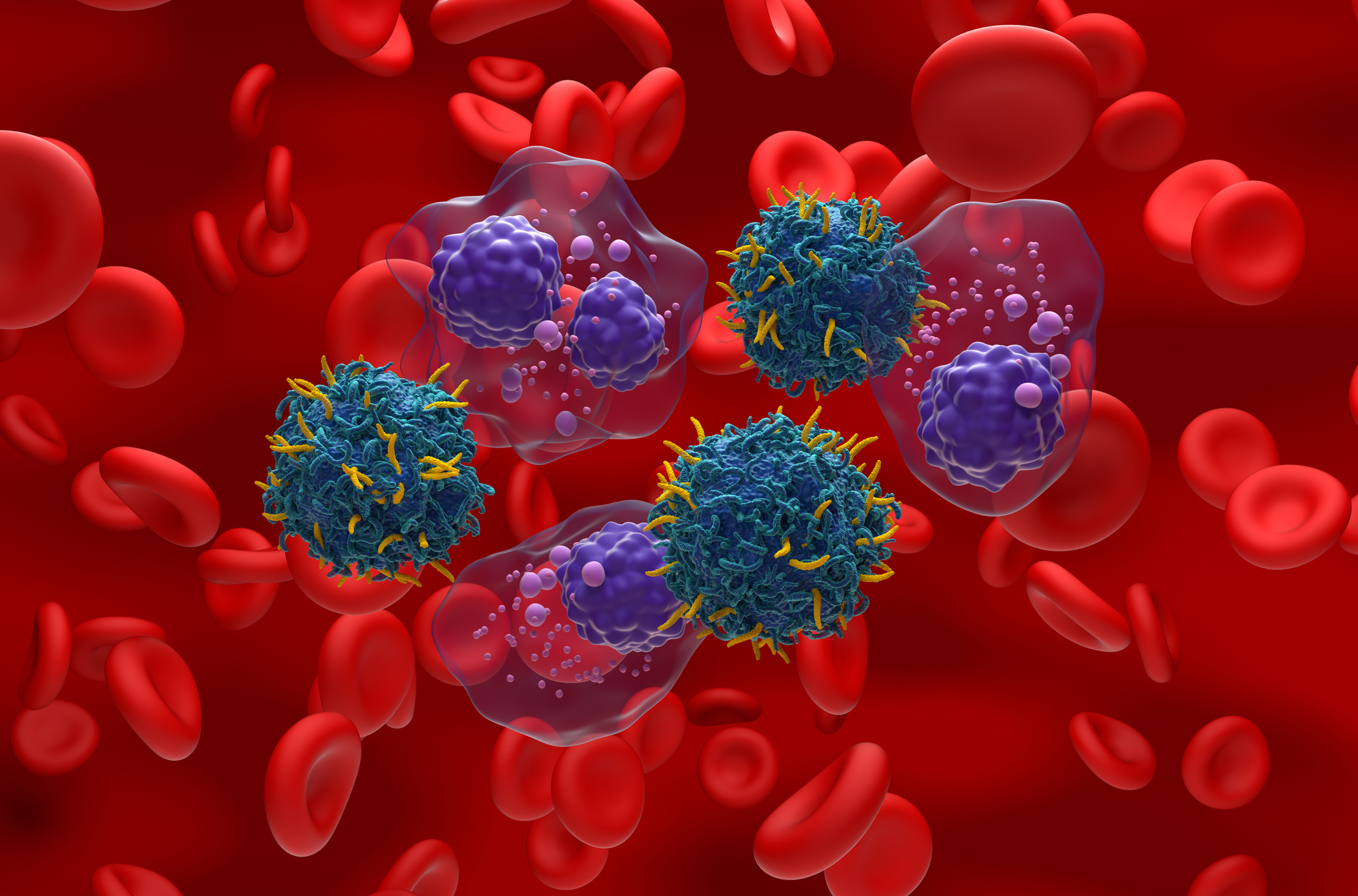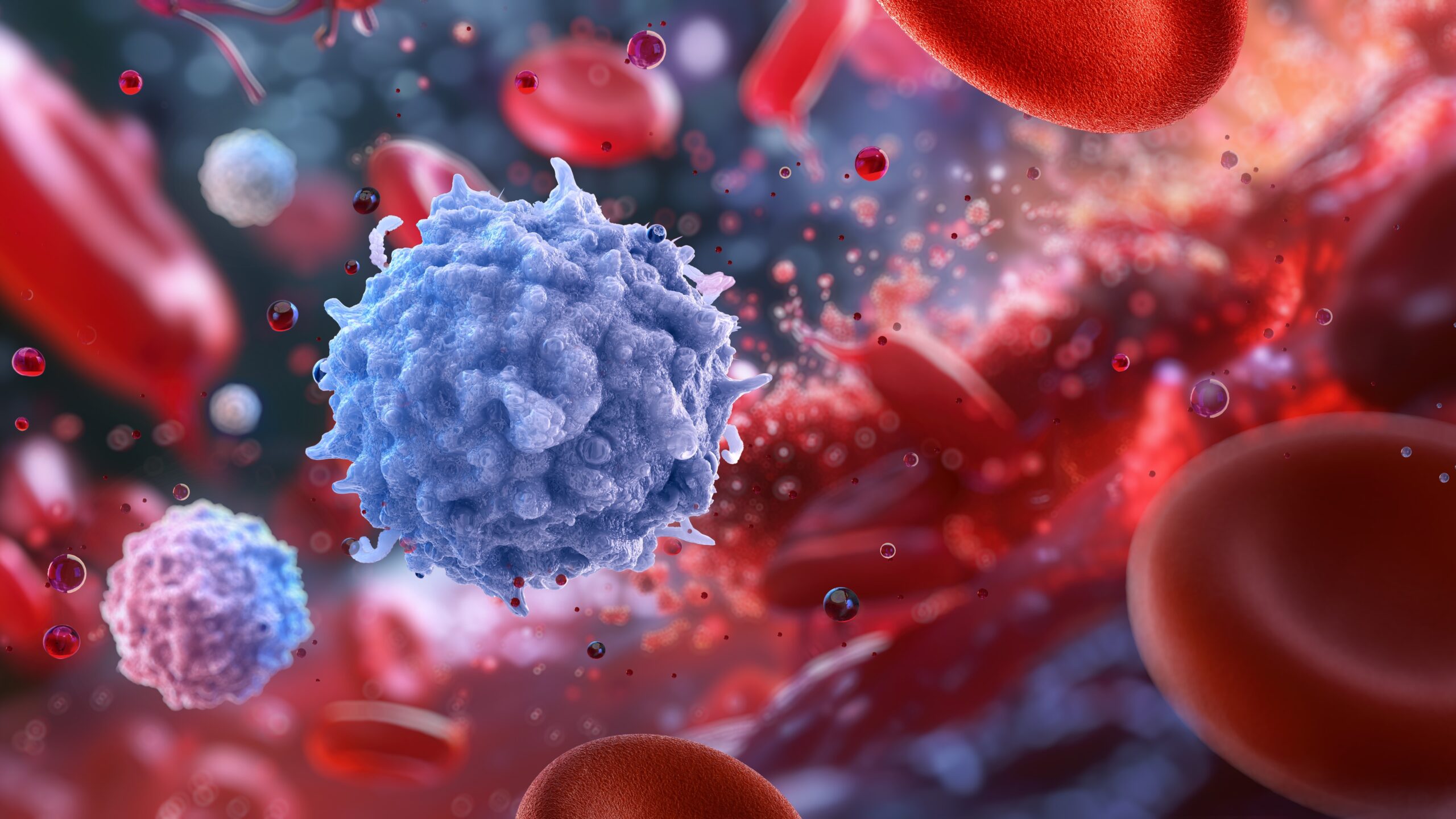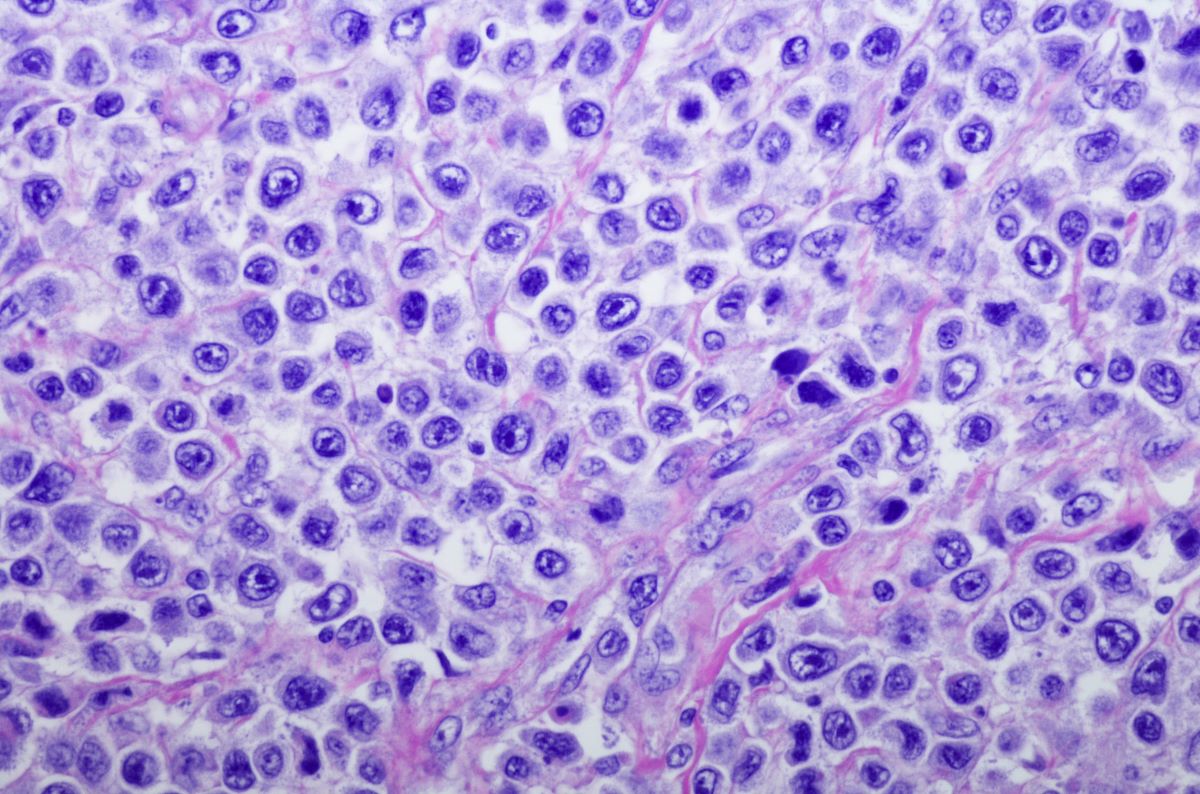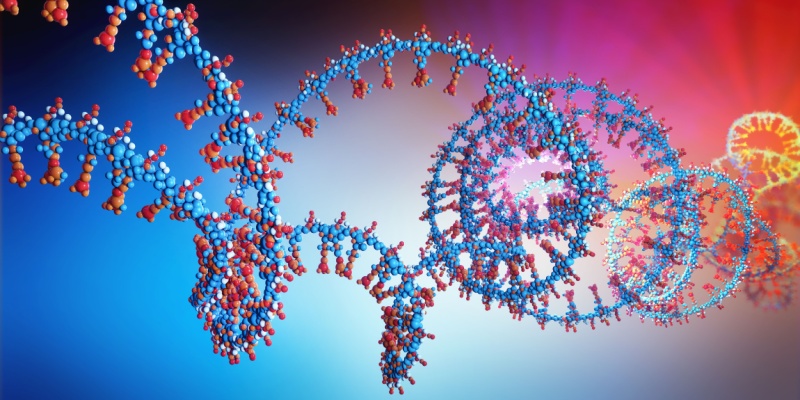
Jaktinib “demonstrated promising activities” in patients with myelofibrosis who were intolerant to ruxolitinib, according to results from a phase IIb study.
Yi Zhang, of Zhejiang University in China and colleagues conducted the study and presented their findings during the 2023 American Society of Clinical Oncology Annual Meeting.
They conducted the research because there are “few treatment options” after patients develop intolerance to ruxolitinib. Jaktinib, an oral novel inhibitor of Janus kinase (JAK) and ACVR1, showed “promising efficacy” in patients with intermediate or high-risk myelofibrosis who had not previously received a JAK inhibitor, according to the researchers.
The study included patients who had primary myelofibrosis and those who developed myelofibrosis after essential thrombocytopenia or polycythemia vera. The patients previously received ruxolitinib for at least 28 days and required red blood cell (RBC) transfusions on ruxolitinib, or had grade 3 to grade 4 anemia, thrombocytopenia or hematoma when receiving it, with a palpable spleen of ≥5 cm.
The study’s primary endpoint was the proportion of patients with a spleen volume reduction of at least 35% from baseline at week 24. Secondary endpoints included the best spleen response rate, which was defined as achieving a spleen volume reduction of at least 35% at any time; the proportion of patients with at least a 50% reduction in the Myeloproliferative Neoplasm Symptom Assessment Form Total Symptom Score (TSS); anemia response; and safety.
A total of 45 patients received jaktinib 100 mg twice daily. The full analysis set for efficacy included 44 patients who completed the 24-week treatments and evaluations or terminated treatment prior to week 24. The full analysis set excluded one patient because of an “incorrect diagnosis” of myelofibrosis, according to the study’s authors. Nearly half (48%) of patients required RBC transfusions while receiving ruxolitinib and all patients experienced grade 3 hematological toxicities.
At week 24, 43% of patients achieved a spleen volume reduction of at least 35% from baseline. The best spleen response rate was 55%. The median time to achieving the first spleen volume reduction of at least 35% from baseline was 12 weeks. The response was maintained in 80% of patients for at least 24 weeks and the median duration of response was not reached.
At week 24, 62% of evaluable patients achieved at least a 50% improvement in TSS from baseline. More than half (58%) of the patients who required RBC transfusion at baseline experienced a 50% decrease in RBC infusion frequency.
In the safety analysis set, which included all 45 patients, the median jaktinib exposure time was 280 days. Anemia, reported in 31% of patients, was the most common grade 3 or higher treatment-emergent adverse event (TEAE). Other common grade 3 or higher TEAEs included thrombocytopenia in 22%, pneumonia in 18%, neutropenia in 16%, and leukopenia in 16%. Around one-quarter (27%) of patients had a dose reduction or temporary interruption due to TEAEs, and 11% of patients discontinued treatment due to TEAEs.
Overall, jaktinib “demonstrated promising activities” in patients with myelofibrosis by “substantially reducing spleen volume, ameliorating [myelofibrosis]-related symptom burdens, and elevating [hemoglobin] levels,” the study’s authors concluded, noting that it could be a “viable treatment” in this setting for patients with myelofibrosis who have anemia.
Reference
Zhang Y, Zhou H, Xiao ZJ, et al. Jaktinib in patients (pts) with myelofibrosis (MF) who were intolerant to ruxolitinib (RUX): An open-label, single-arm phase 2b study. Abstract #7061. Presented at the 2023 American Society of Clinical Oncology Annual Meeting; June 2-6, 2023; Chicago, Illinois.






 © 2025 Mashup Media, LLC, a Formedics Property. All Rights Reserved.
© 2025 Mashup Media, LLC, a Formedics Property. All Rights Reserved.